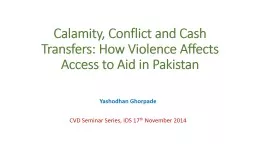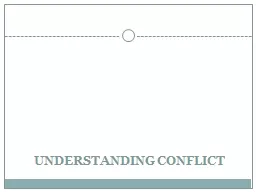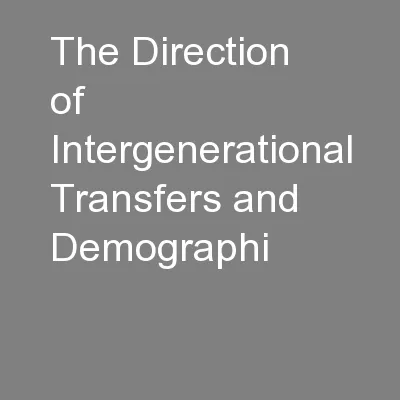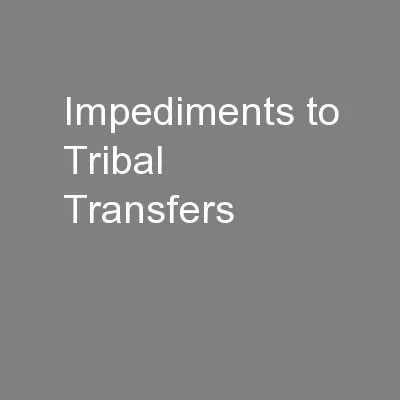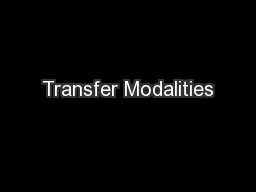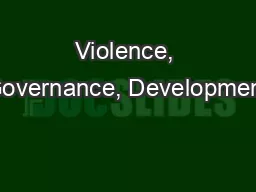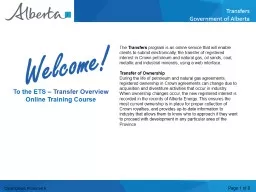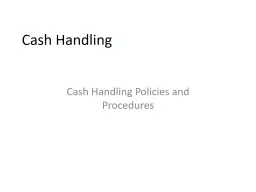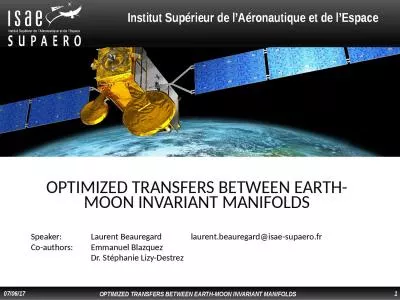PPT-Calamity, Conflict and Cash Transfers: How Violence Affects
Author : cheryl-pisano | Published Date : 2015-11-02
Yashodhan Ghorpade 5 th December 2014 Aid and Violent Conflict Addressing grievances that give rise to conflict Winning hearts and minds Berman Shapiro and Felter
Presentation Embed Code
Download Presentation
Download Presentation The PPT/PDF document "Calamity, Conflict and Cash Transfers: H..." is the property of its rightful owner. Permission is granted to download and print the materials on this website for personal, non-commercial use only, and to display it on your personal computer provided you do not modify the materials and that you retain all copyright notices contained in the materials. By downloading content from our website, you accept the terms of this agreement.
Calamity, Conflict and Cash Transfers: How Violence Affects: Transcript
Download Rules Of Document
"Calamity, Conflict and Cash Transfers: How Violence Affects"The content belongs to its owner. You may download and print it for personal use, without modification, and keep all copyright notices. By downloading, you agree to these terms.
Related Documents

